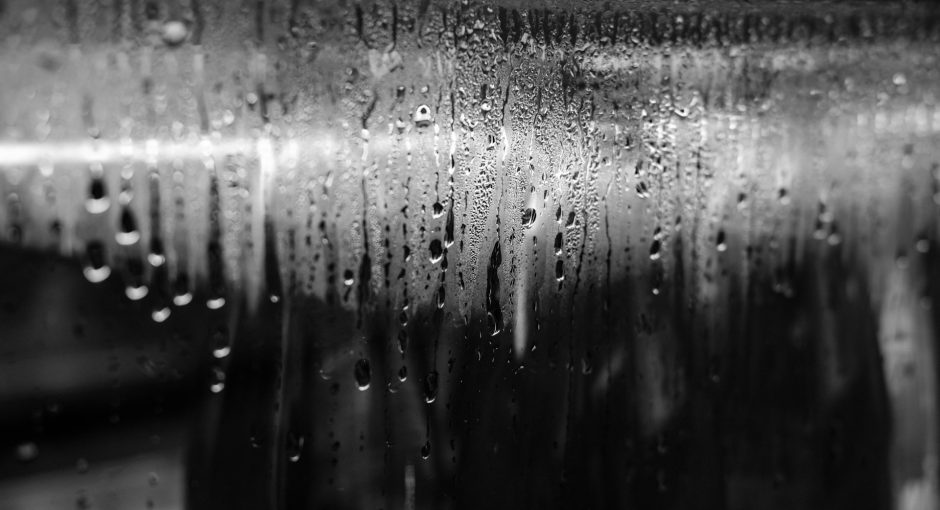Condensation on the inside of windows is a common problem many homeowners face. While single pane windows are more prone to condensation buildup, even energy efficient double-glazed windows can suffer from excess moisture.
Learning the root causes of window condensation and solutions to reduce or eliminate it will help you address this frustrating issue.
What Causes Condensation in Double Glazed Windows?
Condensation forms on windows when warm, moist air comes into contact with colder window glass surfaces. As the air cools, it loses its ability to retain moisture which then appears as water droplets on the windows. This occurs more frequently in winter since there are greater temperature differences between indoor and outdoor environments.
There are a few key factors that lead to problematic levels of condensation on double glazed windows:
- Excess humidity in the home – This can come from activities like cooking, showering, breathing, or from insufficient ventilation. Even modern homes tend to trap more moisture inside compared to older homes.
- Poor air circulation – Stagnant air causes more moisture contact with cold windows, exacerbating condensation buildup. Closed off rooms or obstructed vents and returns inhibit proper air flow.
- Thermal bridges – Materials in the window frames with higher thermal conductivity transfer more heat, causing colder window surfaces. Common thermal bridges include metal frame inserts and window screws which “puncture” the frame insulation.
- Quality and age of the windows – Inferior production quality or failure of the air tight seals over time (that keep the two panes isolated) reduce the window’s insulating effectiveness and condensation resistance.
Tackling Excessive Double Glazed Window Condensation
The remedies for resolving troublesome condensation on double glazed windows mainly focus on reducing interior humidity levels and improving air circulation:
Increase ventilation
Improving general ventilation in the home through opened windows, exhaust fans, and dehumidifiers is key. Upgrading to a whole house ventilation system provides better moisture removal than trying to ventilate room-by-room. Getting stale air circulating helps lower humidity and reduce window surface moisture accumulation.
Eliminate excess moisture sources
Cut back moisture releasing activities like drying laundry inside, using unvented kerosene heaters, or running humidifiers. Check that combustion appliances like furnaces, water heaters, and fireplaces are properly vented outside. Use stove and bathroom fans when cooking and bathing. Avoiding moisture overload reduces condensation drivers.

Insulate frame thermal bridges
Installing custom-fit insulation gaskets, sleeves, or film on the window frame thermal bridges helps prevent surface temperatures from dropping too low. Materials like foam, weatherstripping, sealants, and plastic sheeting work well to insulate these problematic areas.
Repair leaks & seal frames
Checking for any leaks or gaps in the window frames that allow extra interior air contact will reduce condensation potential. Resealing fixed frames with caulk or sealant and refitting operable sash windows helps regain the full insulation performance that keeps condensation at bay.
Replace outdated windows
For older double-glazed windows with failed seals or impaired thermal performance, replacement with newer high efficiency models may be required. Modern triple glazed windows with thermal break technologies and inert gas fills provide vastly improved insulation against condensation issues.
Stay Vigilant Against Window Condensation
Even following these remedies, condensation may still occasionally occur on double paned windows depending on weather and activity conditions inside the home. Checking windows daily for excess moisture buildup and wiping them down helps avoid bigger problems like mold, rot, and glass corrosion over time. Being vigilant against window condensation protects your home’s condition and indoor air quality.
The Pros and Cons of Various Condensation Solutions
When tackling troublesome condensation, homeowners have several options to address the root causes. Understanding the pros and cons of potential solutions will help determine the best approaches for your home’s unique needs and windows.
Adding indoor humidity monitoring and control devices in at-risk rooms provides helpful visibility into relative humidity levels over time. Hygrometers, humidistats, and dehumidifiers actively limit moisture, but require regular monitoring and maintenance. Automated humidistat fans offer more hands-off control, ventilating rooms when thresholds are exceeded.
Upgrading insulation in the window frames also helps raise surface temperatures and reduce condensation potential. DIY wrap kits are affordable but can be tricky to properly install. Professionally installed replacement frames with integrated higher insulation ratings provide better performance. However, this option involves a major investment and window construction work.
Replacing aging double glazed seals seems convenient, but in practice offers very limited effectiveness. Failed seals mean the entire window’s insulation capacity is already degraded. Short of fully replacing the glass panels, the window itself needs comprehensive upgrades to resolve insulation issues leading to excessive condensation.

Preventing Moisture Intrusion and Mold Growth
Left uncontrolled, condensation on double glazed windows can lead to moisture intrusion, wood rot, and mold growth requiring expensive restoration work. Water pooling in window frames or on walls under windows can quickly cause underlying structural damage.
Ensuring window frames, trim, walls, and insulation in surrounding areas stay protected from moisture penetration requires diligent monitoring. Periodically checking for condensation buildup, leaks, or damp spots near windows and immediately drying any puddles or saturated materials helps avoid bigger headaches.
For visible mold growth from excessive condensation, non-porous window materials like glass and metals simply require drying, washing with detergent and water, and spraying with products that kill and inhibit further mold development. However, porous contaminated materials like wood may need replacement if moisture issues cannot be permanently resolved.
Using pressurized dehumidifiers and moisture removal equipment during initial drying after condensation leakage helps fully restore interior humidity back to safe levels under 50 percent. Partners like water damage restoration specialists can also provide moisture testing and mold remediation expertise when excess condensation causes bigger property damage issues.
Staying on top of windows prone to heavier condensation ensures no outbreaks of rot, mold, or hidden structural degradation. An ounce of prevention avoids major restoration and replacement costs down the road!
Final words
With proper humidity control, ventilation, air circulation, insulation, and upgrades, homeowners can successfully win the battle against bothersome double glazed window condensation. Consult a home performance contractor if you need help assessing your windows and designing a customized plan to tackle persistent condensation issues. A few adjustments and improved moisture management will clear those frustrating fog and water droplets for good!






